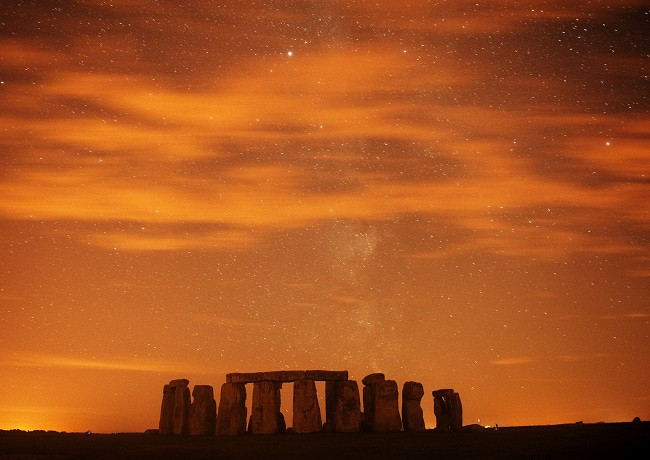Autumn Equinox 2014: 'Equal Night' Definition an 'Oversimplification'

As the 2014 autumn equinox begins, the idea that it marks the point when day and night are equal lengths is an "oversimplification", an expert has said.
Joe Rao, an instructor and guest lecturer at New York's Hayden Planetarium, writing for Space.com, said that the autumn equinox – the beginning of autumn in the Northern Hemisphere and spring in the Southern Hemisphere – is more complicated than most people believe.
Officially, the autumn equinox will begin at 2.29am GMT on 23 September: "This date is called an equinox, from the Latin for 'equal night', alluding to the fact that day and night are then of equal length worldwide. But that is not necessarily correct," Rao wrote.
"Referring to the equinox as being a time of equal day and night is a convenient oversimplification."
Despite supposedly being an equal day, the autumn equinox sunrise and sunset times do not amount to an even split between day and night.

Rao said the problem is that 'night' is treated as the time when the sun is beneath the horizon, forgetting twilight. Atmospheric refraction means that when the sun is sitting on the horizon at sunset, this is an optical illusion – in fact it is already below the horizon.
Initially, the equinox came from our early ancestors, who mapped the sun's path over the year to mark the shift in day length.
"Today, we know each equinox and solstice is an astronomical event, caused by Earth's tilt on its axis and ceaseless orbit around the sun," astronomy website Earthsky.com said.
Instead of tiling away or towards the sun, Earth's rotation axis is perpendicular to the line connecting the centre of the Earth and sun.
"Because Earth doesn't orbit upright, but is instead tilted on its axis by 23-and-a-half degrees, Earth's Northern and Southern Hemispheres trade places in receiving the sun's light and warmth most directly.
"We have an equinox twice a year – spring and fall – when the tilt of the Earth's axis and Earth's orbit around the sun combine in such a way that the axis is inclined neither away from nor toward the sun."
© Copyright IBTimes 2025. All rights reserved.





















